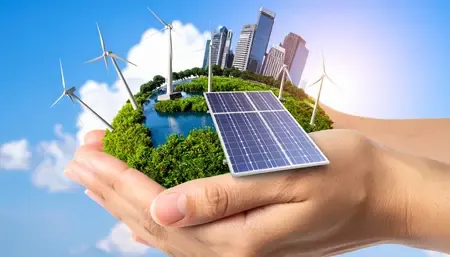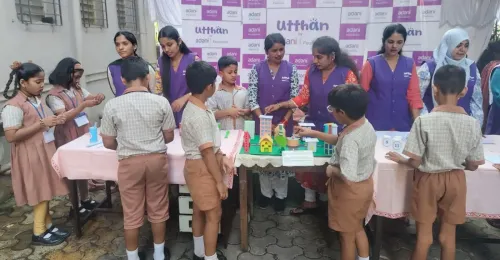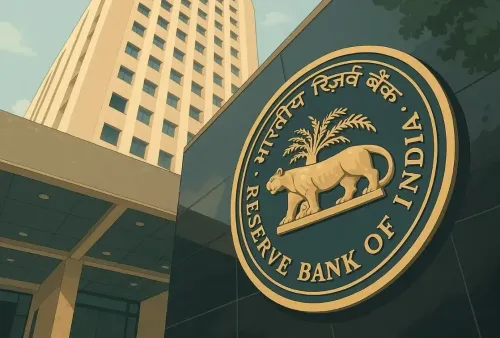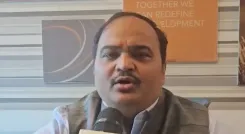Is the Government Planning to Cancel Renewable Energy Projects?

Synopsis
Key Takeaways
- Government monitoring of renewable energy projects is ongoing.
- 43,942 MW of capacity has LoAs but lacks finalized PSAs.
- Due diligence is crucial in deciding on LoA cancellations.
- Proactive measures are in place to facilitate PSAs.
- Strong growth in renewable energy capacity continues despite challenges.
New Delhi, Nov 4 (NationPress) The Government has announced that it is diligently observing situations where Letters of Award have been distributed by Renewable Energy Implementing Agencies (REIAs), while Power Sale Agreements (PSAs) with DISCOMs or end users are still pending finalization.
As of September 30, REIAs have issued Letters of Award (LoAs) for an impressive capacity of 43,942 MW, yet PSAs with end buyers have not been signed.
Some DISCOMs have raised concerns about entering into PSAs for these bids, particularly when the anticipated connectivity start dates for successful bidders lie far ahead.
According to the Ministry of New and Renewable Energy, “REIAs have been instructed to conduct due diligence by evaluating and organizing such cases based on the chances of securing PSAs with end buyers.”
This evaluation will take into account various factors, such as the configuration of renewable energy planned for supply under the bid, the determined tariff for renewable energy, and the expected connectivity timeline, stated the ministry.
Post-review, only those LoAs with little or no potential for PSA execution may be considered for cancellation on a case-by-case basis. Even so, such cancellations are anticipated to be gradual and will occur only after all viable options for executing the PSAs and corresponding Power Purchase Agreements (PPAs) have been extensively investigated.
The government has implemented several proactive strategies to aid in the execution of PSAs.
These strategies involve encouraging States to adhere to the Renewable Consumption Obligation (RCO) under the Energy Conservation Act and advising REIAs to aggregate demand from DISCOMs and other consumers prior to designing and issuing tenders.
Moreover, the Standard Bidding Guidelines for solar, wind, hybrid, and Firm and Dispatchable Renewable Energy (FDRE) have been revised to permit the cancellation of LoAs that remain unexecuted beyond 12 months from the issuance date, as informed by the ministry.
Despite global obstacles such as supply chain interruptions and stricter financing conditions, India has successfully added around 29 GW of renewable energy capacity (excluding large hydro) in the previous fiscal year, with approximately 25 GW already added in the first half of FY 2025-26.
This expansion is fueled not only by central and state-led initiatives but also by interest from commercial and industrial consumers. Investor enthusiasm remains robust, with a noticeable shift toward integrated and storage-supported portfolios, according to the Ministry of New and Renewable Energy.
From about 35 GW in 2014, the nation now boasts over 197 GW of installed capacity, excluding large hydro.
The ambitious Rs 2.4 lakh crore investment strategy for transmission linked to 500 GW of renewable energy, along with recent adjustments to the General Network Access (GNA) regulations, is designed to unlock stranded capacity and facilitate dynamic corridor sharing.
These reforms are anticipated to alleviate congestion and enhance grid access in states rich in renewable resources.










